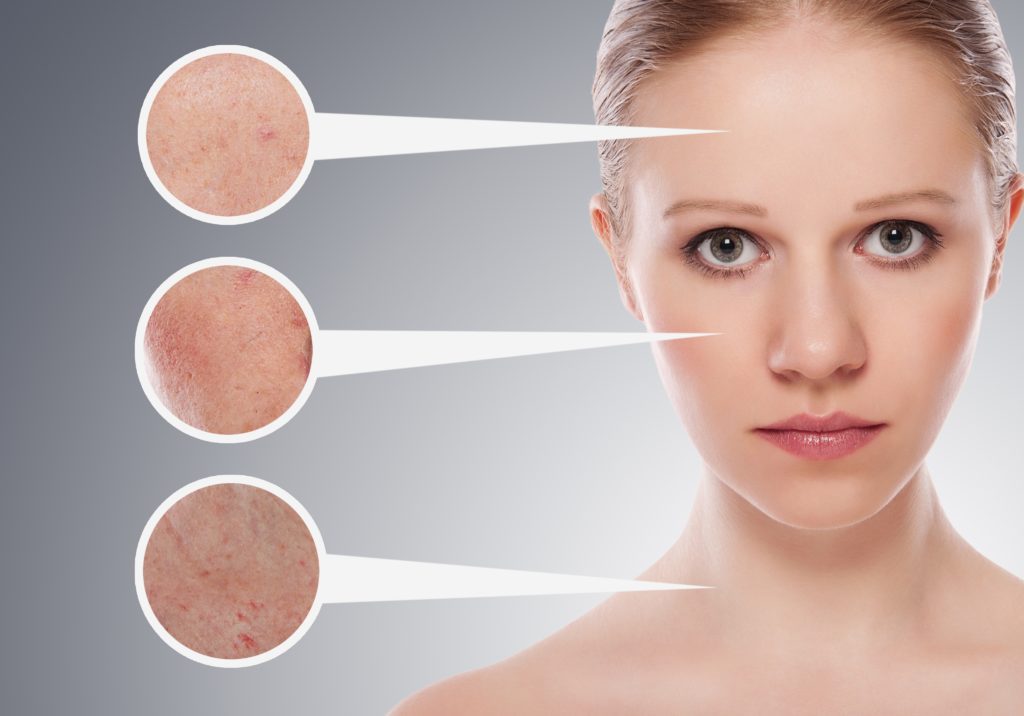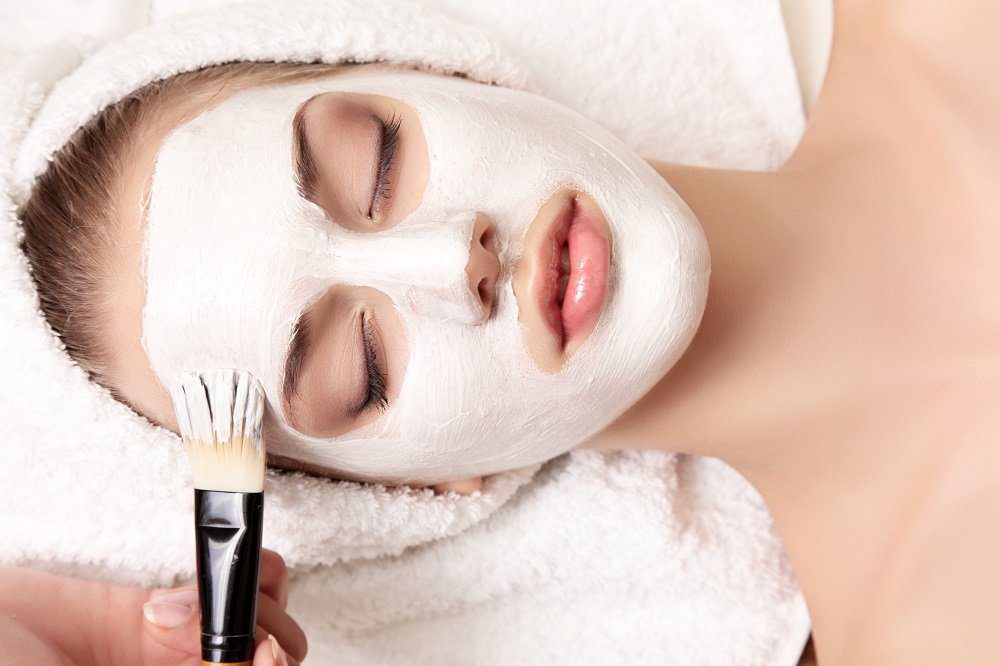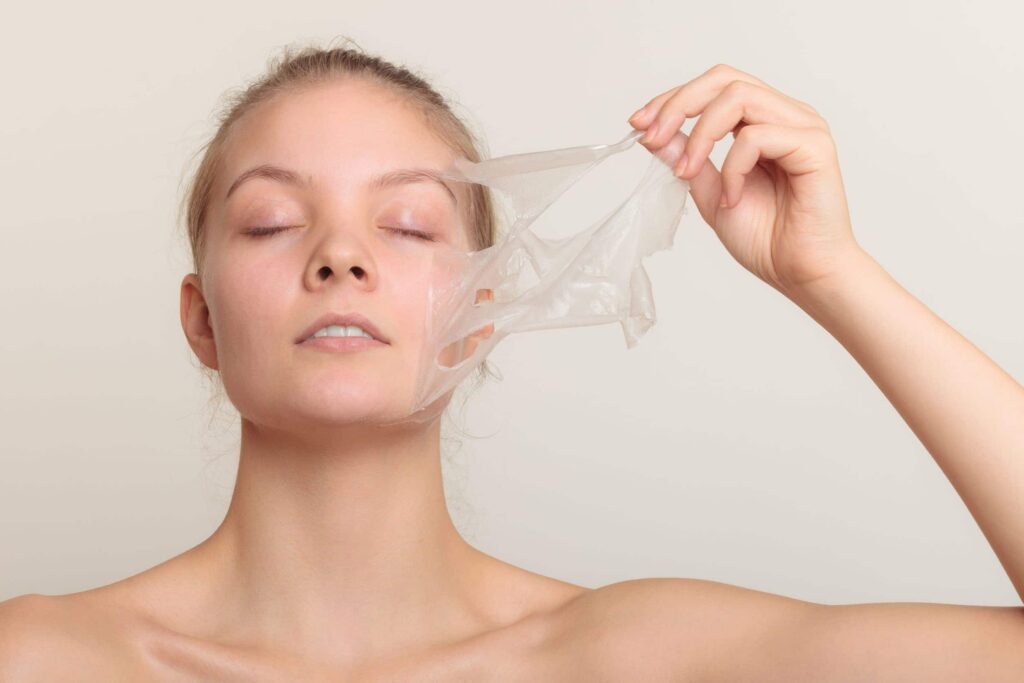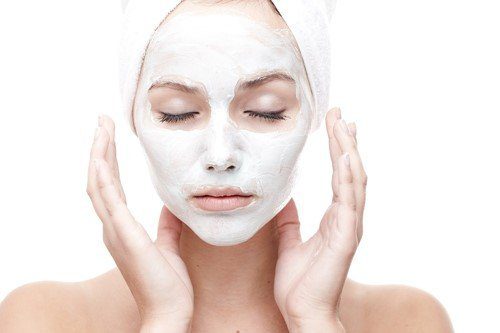Ever since Sex and the City showed us Samantha’s post-peel red, crusty post-treatment face, we’ve been a bit scared of going down the peel path. After all, no one wants to look like they’ve had someone scrub at their cheeks with steel wool in the name of beauty. But what most people don’t know is that the angry, red complexion is only a result of the most extreme and intensive peels. In fact, most peels have zero downtime, bar a bit of redness. So what do you need to know before embarking on the treatment that’s been branded a skin saver? Sit back and take notes!

1. Peels are really just another word for exfoliation
The name “peel” sounds a bit scary, but really it’s just another word for intense exfoliation, which should be a regular part of your skincare routine. The acids used in peels can dissolve dead skin cells, and promote collagen production and cell turnover to reveal the new, lovely, healthy skin underneath. In fact, chemical peels can actually be much more gentle on your skin than manual exfoliation, which can cause abrasions, and irritation from physical scrubbing.
2. There are different strengths of peels
Yes, some peels can lead to a bit of a Sex and the City moment, so if you don’t have time for downtime, make sure you know the side effects of your chosen treatment. Do not, I repeat DO NOT get a massive skin care treatment before any big event, especially if it’s your first time. Some of the smaller peels can take only a day or two to recover from, maybe a few hours of redness or a day of flaking. But the big ones? The REALLY big ones? You can be looking at up to three weeks of splotchy, raw, no-Photoshop-can-fix-it skin. Know your peels and if in doubt, ask a professional.

3. Know the issue you want to treat
If you’re having a peel, chances are you have a specific skin condition you want to get treating, stat. Brown spots, dry skin, fine lines, clogged pores, acne… these magical treatments can sort a variety of issues, and knowing what you want do can narrow down which is right for you. There are two kinds: those that prevent, and those that repair. The fixer-uppers focus on discolouration, acne or pore issues, while preventative ones make sure all your cells are turning over so your new, smooth skin can shine, shine, shine. But regardless of specialisation, all peels will nix dead skin cells, which act as neon “keep out” sign when it comes to your moisturisers and serums.
4. Think about your timelines
You might think getting a peel with a few days’ buffer before a big event is more than enough time. But you could be very wrong. You can waltz out of an appointment with baby smooth skin, but then, two to three days later, lo and behold, your skin starts to flake and… you guessed it, peel like a bad sunburn. Depending on the type of peel you get, your timeline will alter, so make sure you ask ALL the questions.

5. One peel isn’t a fix-all
To really get the most out of the treatment, you’ll most likely need a few. One peel will sort you out for a while, but cell turnover keeps happening so after awhile, it will be almost back where you started. If you want the best results, you should opt for a series of treatments, as directed by your therapist. Unless of course, you’re having one of those extreme intensive peels… Then one may sort you out, after a bit of downtime, that is.
6. Aftercare is just as important as the peel itself
Post-procedure, your skin is in a pretty vulnerable state and will be much more susceptible to damage. So get out your products, because now is the time to REALLY nurture your skin. Different peels have different care requirements post-treatment, so make sure you ask your therapist what’s needed. One thing is absolutely for sure: USE SUNSCREEN. Without blocking the sun’s rays, your new skin could be up for some really nasty damage if you expose it to UV rays too soon.
7. You can do at-home peels (but they’re not as strong as dermatologist grade peels)
Peel is such a buzzword these days that many cosmetics brands have come up with their own at-home versions. These products use AHA and BHA acids at lower concentrations to keep dead skin cells at bay but aren’t as intensive, so you can use them on a daily basis. They’re usually referred to as micro peels because they exfoliate the outer layer of skin only, but are able to deliver some of the benefits of the more extensive peels. If you’re unsure which ones might be for you, ask your friendly sales gals and guys for advice.

8. Winter is the best time to book a peel
Your skin is new and fresh, the last thing you want is to expose it to too much sun while it’s still so fragile. Winter is an excellent time to schedule a peel for a couple of reasons: you sweat less, so are less likely to clog your pores; and you spend less time outdoors so there’s less time for UV exposure to stimulate brown spots (hyperpigmentation). This is especially true if the whole reason you wanted a peel was to help with sun damage.
9. Don’t pick!
Depending on the strength of your peel, your skin may flake, or crust over in extreme circumstances. DO. NOT. PICK. Step away from the mirror and put your hands where I can see them! Picking at this delicate stage can cause scar tissue to form and undo all your good work.



